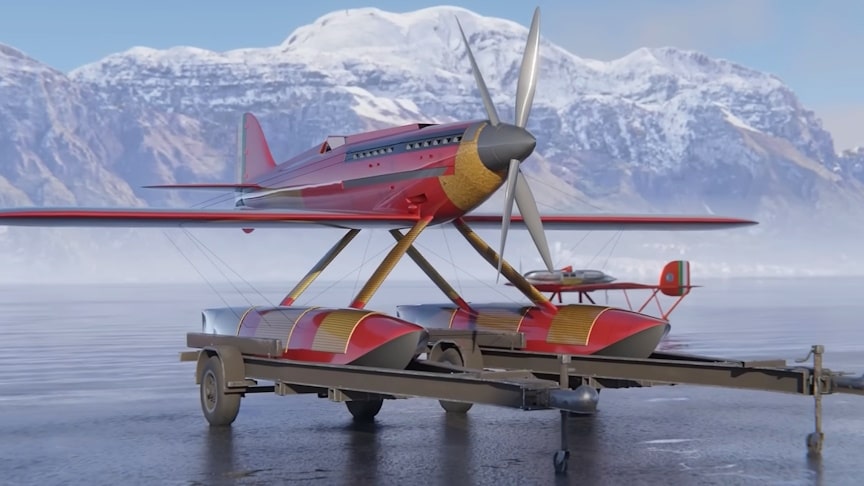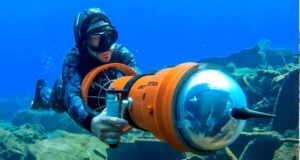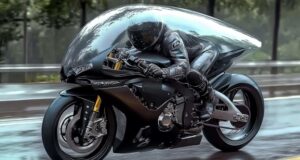The Macchi M.C. 72 is an experimental floatplane designed and built by the Italian aircraft company Macchi Aeronautica. The M.C. 72 held the world speed record for all aircraft for five years. In 1933 and 1934 it set world speed records for piston engine-powered seaplanes; the latter still stands.
source.image: Found And Explained
- Crew: 1
- Length: 8.32 m
- Wingspan: 9.48 m
- Width: 3.3 m
- Wing area: 15 m2
- Powerplant: 1 × Fiat AS.6 24-cylinder coupled V-12 liquid-cooled piston engine, 2,126 kW (2,851 hp)
- Propellers: 4-bladed contra-rotating fixed-pitch propeller
In 1926 the company won the trophy with the M.39, which attained a top speed of 396 km/h. Further aircraft, the M.52, M.52R and the M.67, were designed and built but victory in the Schneider races kept eluding the Italians. Castoldi then designed the M.C. 72, a single-seater aircraft with two floats powered by a modified FIAT AS.6 supercharged V24 engine, generating around 1,900-2,300 kW, driving contra-rotating propellers.
The forward part of the M.C. 72’s fuselage is constructed of metal; aft of the cockpit it is of wood, with a wood skin over a structure of bulkheads and longerons attached to the front section with four bolts. The nose enclosed an oil tank with its outside wall exposed to the airstream.
Advertisement
The wing was all metal, with flat tubular water radiators faired into the wings. The twin floats had three radiators on the outer surfaces, the forward radiator for water and the centre and rear radiators for oil cooling.[3] The float struts also had water radiators and another radiator was fitted during hot conditions under the fuselage running from cockpit to tail.











